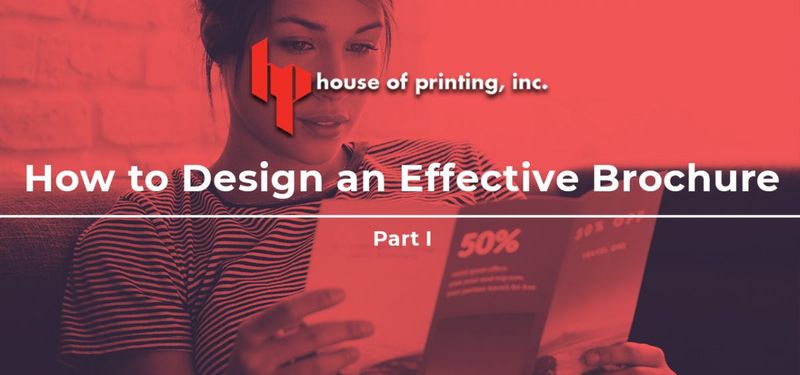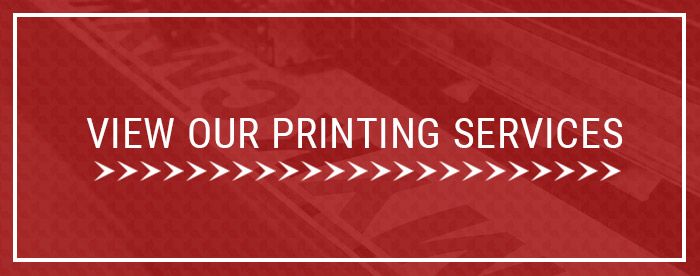Whether your business is attending a trade show or if you’re wanting to create marketing materials to have on hand at your office, brochures are a great way to provide information to potential clients or customers in an easy and accessible way. The hard part, however, is designing a brochure that grabs people’s attention and displays the information in a way that is easy to read. A well designed, and well written, brochure will make it easy for readers to quickly understand your business’s message.
House of Printing provides the Burtonsville, Washington, and Baltimore areas with high-quality print materials. Even though we can’t help you write the content of the brochure itself, we can help make sure that the design and the print quality is spot-on.



